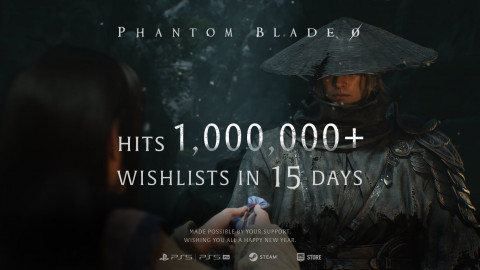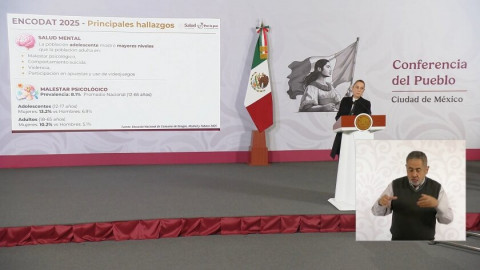
Earnings on YouTube are a fascinating topic, and this week one of the site’s most beloved creators gave us some insight into the way payouts operate on YouTube’s newer, short form videos, titles "YouTube Shorts." The creator in question is Charles "MoistCr1tikaL" White, a commentary/gameplay creator with nearly 10 million subs, who has been on the platform since 2007.
For those who want to see the video itself, we’ve linked it above, where Charlie goes into the income he’s made off his new "Huge Charles" channel since its inception. The channel is a new creation, aimed purely at providing shorter form content for his fans, and some of the numbers he’s presenting sit in stark contrast to the sort of income a creator could expect to receive on longer videos that reach the 8 to 10 million threshold advertisers seem to love.
As an example, Charlie highlighted one short video on his channel that had received 6 million views, and made around $20 in revenue as a result. According to his calculation, a similar video that made it to the eight to 10-minute mark would have netted anywhere between $30K an $50K, which brings into a harsher light the incredible incentives users have to stretch their content wherever possible, and the current state of YouTube for makers of the much-advertised "shorts."
How much do the biggest YouTube "Short" creators make?
YouTube themselves claim to be aware of the issue, and have set up a fund designed to reward makers of successful shorts as a result, from which creators can receive bonuses if they hit certain marks. However, in his video, he also highlights the case of one Jake Fellman, a phenomenally successful maker of short animated films, who receives up to 600 million views on his content on a monthly basis.
Charlie linked a video made by vidiQ, a creator that looks at the nuts and bolts of YouTube as a platform and form of employment. In the video, he highlights the fact that Fellman’s work, which outstrips the likes of even huge stars like Pewdiepie or Dream in terms of views, was not successful enough to qualify for the maximum payout of $10K from YouTube’s Shorts fund.
Another creator we spoke to had wracked up some 60 million views on their shorts channel for a payout of slightly under $1,500 dollars. By comparison, some creators can make $10K per million views, meaning that if Jake Fellman had achieved his numbers on long form content he’d be taking home $6 million a month before tax, a far sight more than the $10K YouTube didn't think his work was worth.
What’s the solution for YouTube Shorts?
We spoke to an expert in the field, CEO of Zygo Media, Gareth Harry, who works with some of Twitch and YouTube’s biggest creators, about what is far from a new problem. He said: “Short form content like Tiktok, YouTube Shorts, and Instagram Reels is still relatively new to the space and industry as a whole. Monetizing content of this kind has always been difficult, it was a problem that killed Vine back in the day, the original Tiktok.”
Crucially, Harry believes that creators have evolved beyond the point of only considering immediate income, which encourages them to make viral content even if it is harder to monetize.
“I think creators today are viewing things differently, money isn't the primary goal for every endeavor," Harry said. "Sure, it's nice but the king of every metric is discoverability, which allows you to grow not only your short form content but funnel those to your longer form content where it's much easier to monetize an audience.”
Brand deals are one way creators can potentially circumvent the loss of immediate revenue, be they direct sponsorships or even product placement. He does believe that the likes of YouTube and TikTok will continue to push for shorter content though, as it works in favor of sites that live and die by engagement.
He said: “Platforms are going to encourage people to make short-form content through grants, and funds because it drives engagement on their platform.”
There are a number of obvious reasons why this gap in income occurs, the main one being that advertizing on shorter videos is less lucrative with viewers less likely to want to sit through a 30-second advert on a 45-second video.
It’s also fair to say some of the long-form content takes a lot more work to create, although there is equally a lot of content on the platform which is remarkably low-effort given the number of eyes it reaches.
Image: Mohammed Hassan
Sort by:
Comments :0






